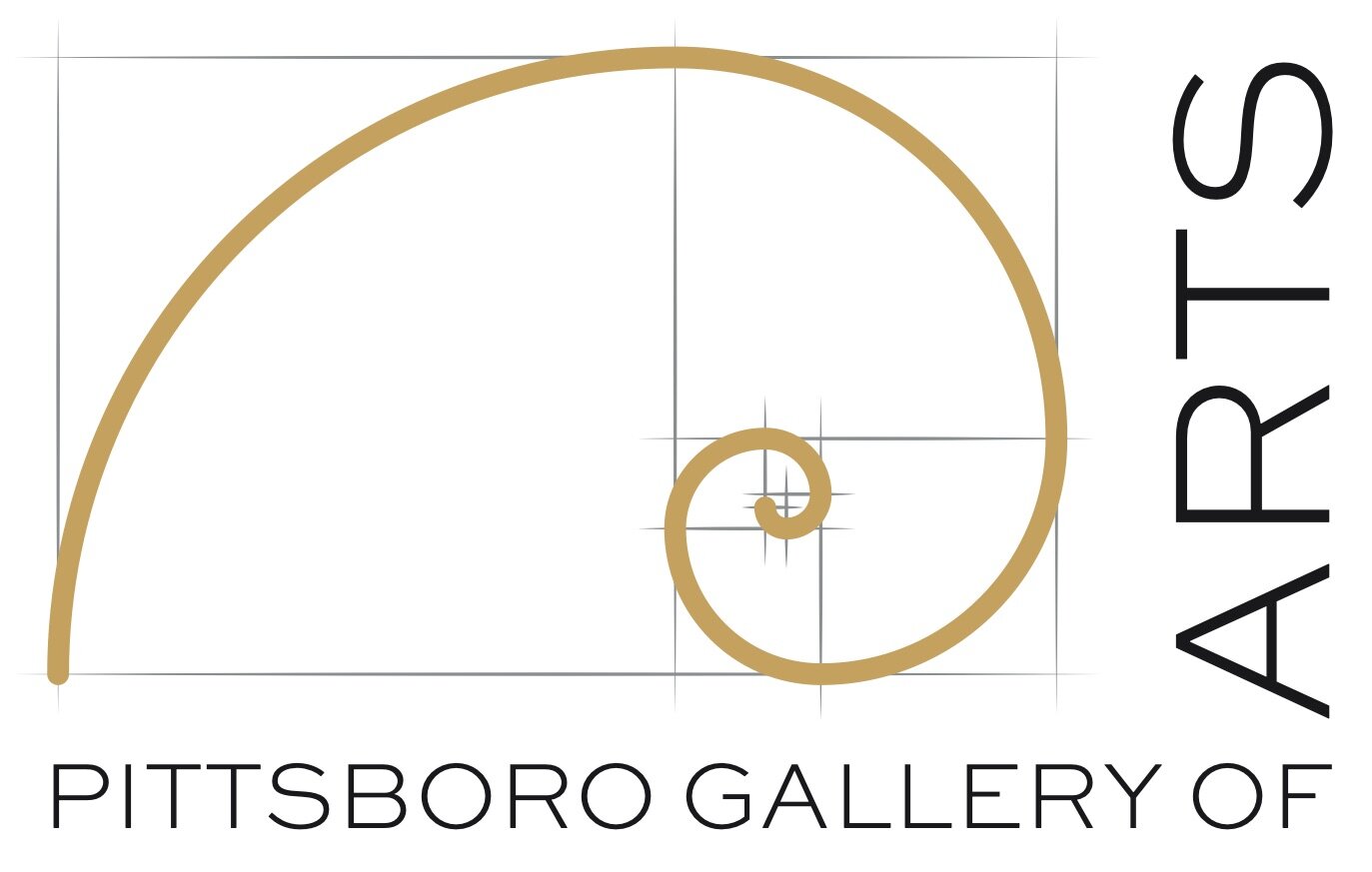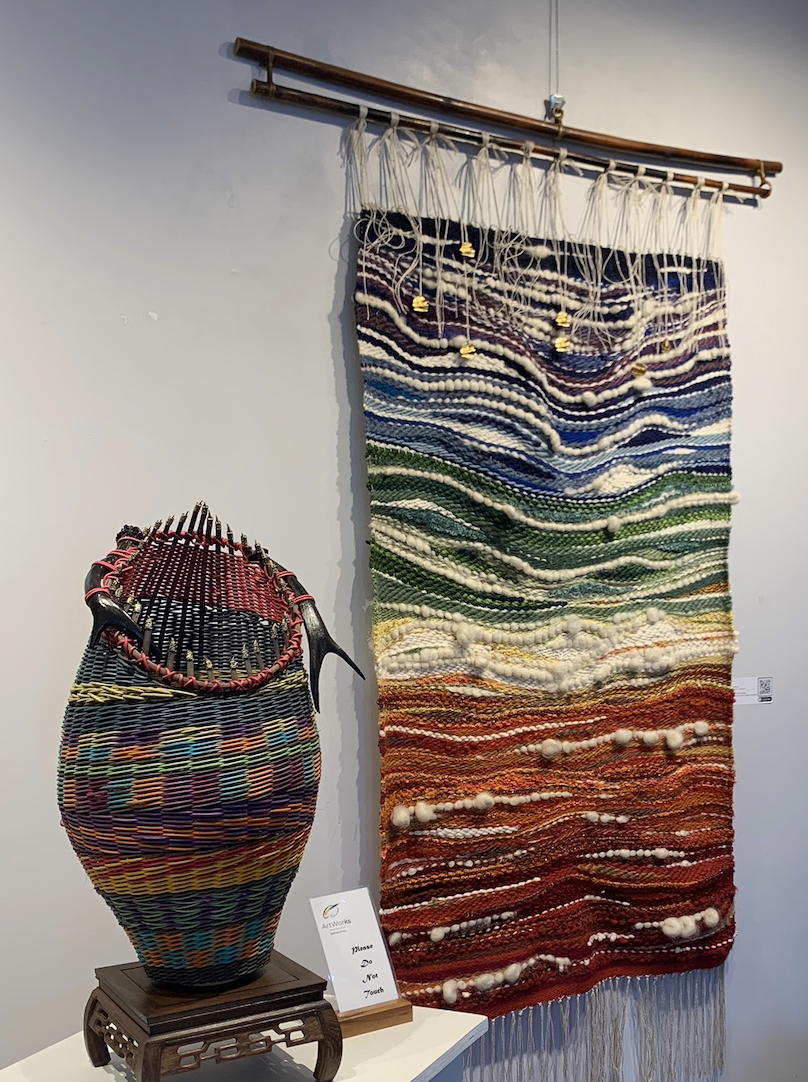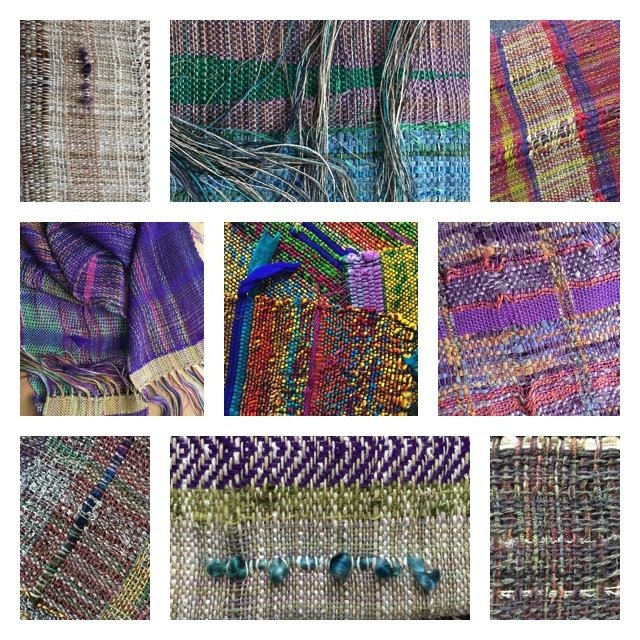Esoteric and Expressive
by Dawn Hummer
I am committed to the esoteric way of hand-weaving, supported by the Slow Craft Movement, and seek to connect the public with the beauty and function of handmade art and their creators. My double weaving studios represent both loom weaving and basket weaving. Umbrella’d under “fiber arts”, I’ve been weaving in some form or another for 50 years, since making my first pine needle basket at the age of 7.
After learning to weave on multi-harness floor looms outside of Austin, TX, I began the apprentice journey of SAORI weaving, with Japanese SAORI weaver Mihoko Wayabayashi, in Worcester, Mass. Studying the philosophy of the human element of
imperfection within the context of loom weaving, moved the needle of creation for me from tradition to organic in nature. After 4 years of mindful free-form weaving, I was awarded Saori Weaving Studio distinction and certification from Saorinomori in Osaka, Japan, in 2012.
Fostering joy and creative expression through weaving, SAORI weaving facilitates the art of weaving with no intent or pre-conceived pattern. The SAORI streamlined looms, manufactured in Japan, allow people of all ages and abilities to express themselves using aesthetic principles of asymmetry, simplicity, wabi-sabi, and deconstruction in design and process; all joyful and identifiable elements of the SAORI weaving. Patterns evolve as one's true self and creative spirit evolves through designing with color and texture while at the loom during the weaving process.
With a master’s degree in Transitional Special Education, I have continued in my teaching role for over 35 years, both within my studio and also transporting my looms to therapeutic, senior and residential centers, as well as homes, and guild/gallery environments. With loom modifications offered within the weaving environment, an individual’s exploration of texture, color and process is endless, regardless of ability.
Another expressive area of my fiber work is basket weaving. I like to work with reed, sweetgrass and pine needles, the latter two being natural growing elements in the south — which take on the desired coiled shape of the basket weaver. With roots in the Low country, preservation of oral history and culture descended from West Africa over 300 years ago continues today, in many forms including the sweetgrass basket coiling tradition. We are so fortunate to have this legacy from which to learn and celebrate.
My summer train trips to visit family in Charleston always included a stop at the market or along the roadside to watch the Gullah tradition of sweetgrass basketry. Every single time, we’d stop to see “The” Miss Mary…as in Mary Jackson, revered sweetgrass legend known throughout the world!
Those remarkable memories, along with learning pine needle basketry from my 92-year old Sunday School teacher at age 7, never left me and made a life-long imprint on my soul. The wisdom and oral craft traditions of our mentors and elder craft community are the bones of my current craft. The wisdom and oral craft traditions of our mentors and elder craft community are the bones of my current craft. This summer, I’m growing 14 varieties of willow cuttings in my backyard and enjoying learning some traditional English and Welsh basketry forms and techniques.
Sculptural as well traditional folk basketry are both important to me, and exercise both parts of my brain. I seek out opportunities to travel and learn from the “masters” of their traditional craft. Japan, Australia, Wales, Pacific and New England coasts, as well as the backwoods of the south, reveal strong traditional craft culture - their simplicity and purity of design at the core. Creating something held together with nothing but itself; its own raw elements - holds such meaning and integrity. I can’t get away from the depth of that meaning. I’ll always be honoring this tradition in one form or another. To see what I am working on or weave with me you can visit my studio in Chapel Hill.
Find out more at my websites:






